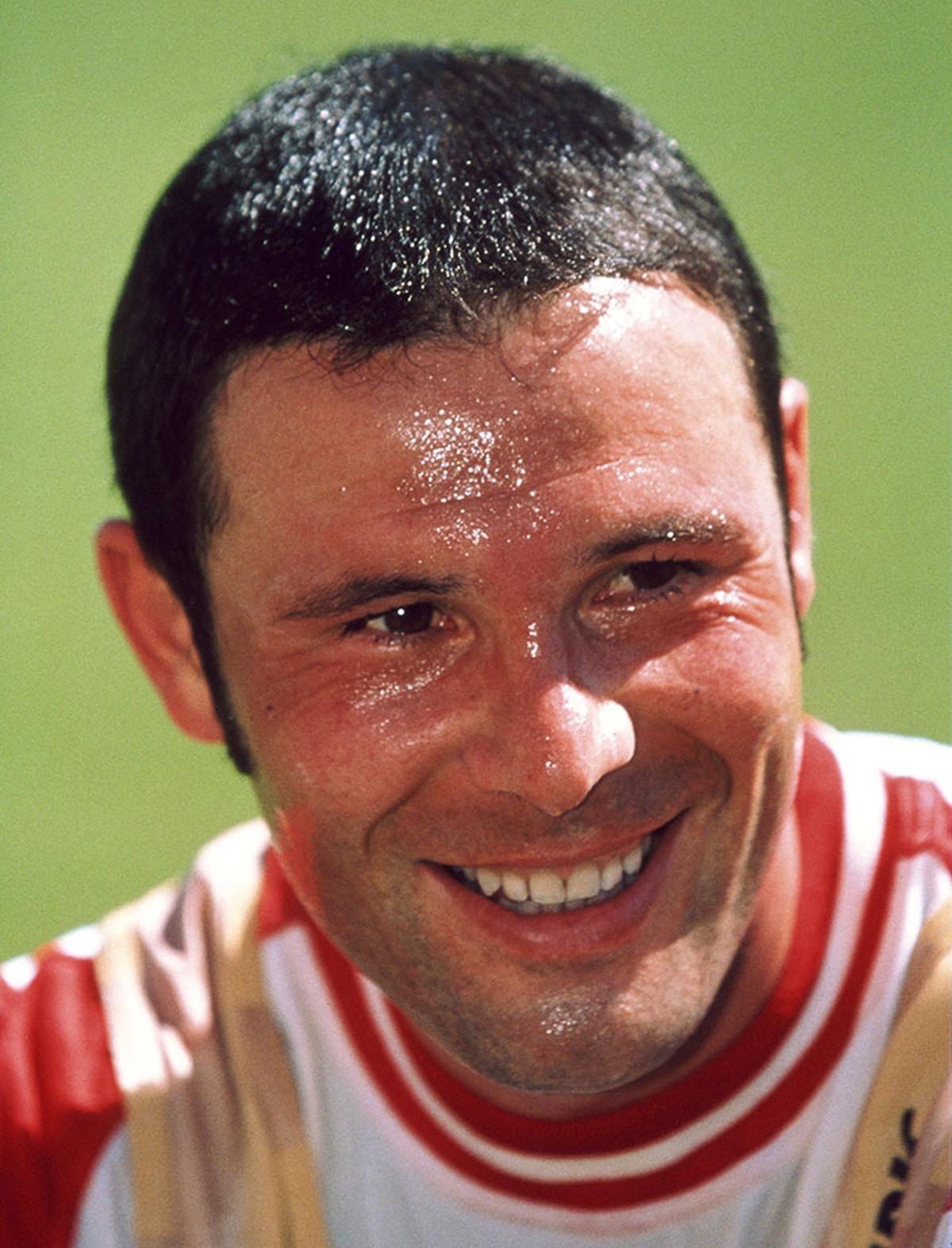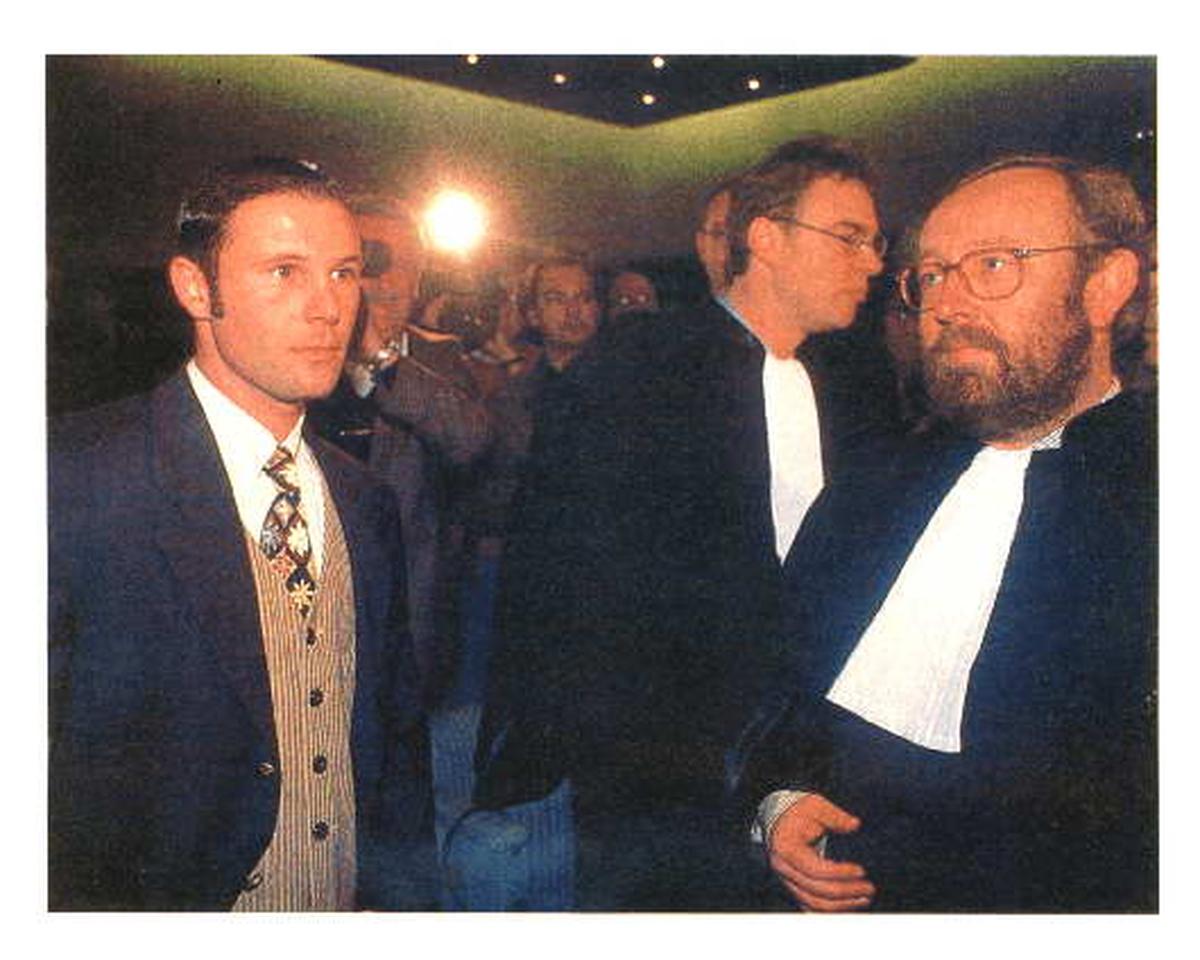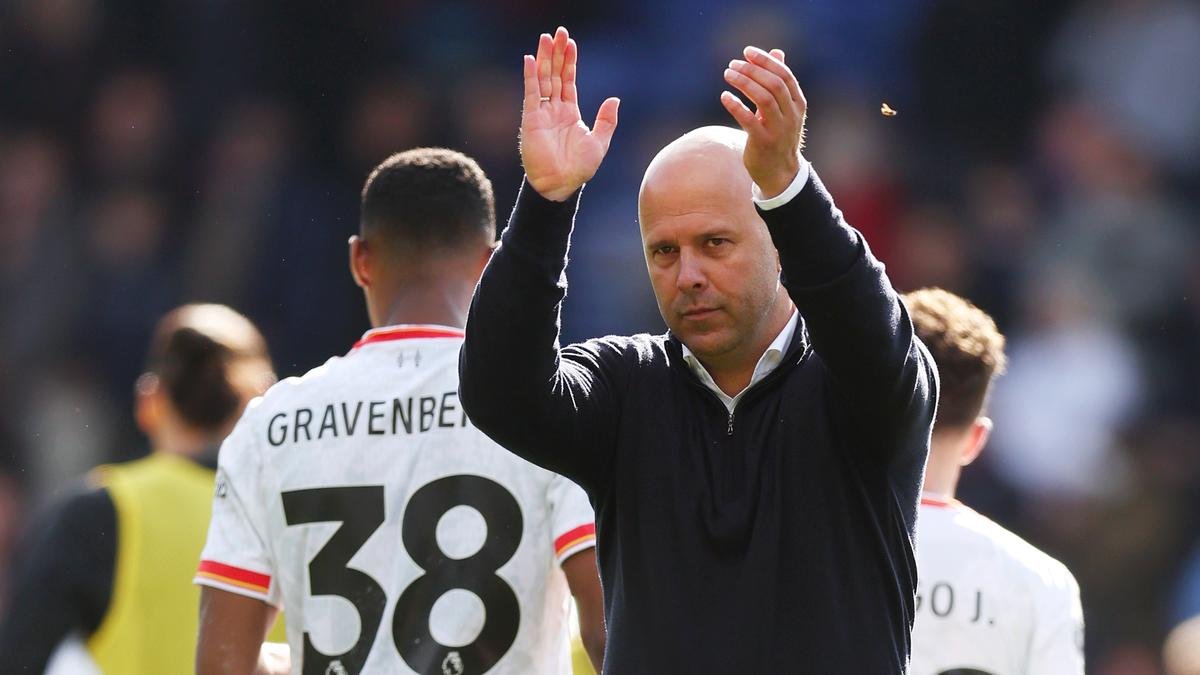Transfers in football will be in the spotlight and could even undergo radical changes on Friday when the Court of Justice of the European Union (CJEU) announces its ruling on former France player Lassana Diarra’s case against FIFA.
The transfer system, which processes hundreds of millions of dollars each year in player sales and has existed in its current form since 2001, is overseen by FIFA.
However, Diarra challenged it when he successfully claimed in a Belgian court in 2017 that FIFA’s rules had blocked him from moving to a new club after Lokomotiv Moscow terminated his contract.
Who is Lassana Diarra?
Lassana Diarra is a former French defensive midfielder who played for multiple European giants such as Chelsea, Arsenal, Portsmouth and Real Madrid, before retiring as a Paris Saint-Germain player.
(L-R) Lassana Diarra during a warm-up session at Arsenal with Nicolas Anelka, Thierry Henry, Claude Makelele, Lilian Thuram and Jeremy Toulalan.
| Photo Credit:
REUTERS
(L-R) Lassana Diarra during a warm-up session at Arsenal with Nicolas Anelka, Thierry Henry, Claude Makelele, Lilian Thuram and Jeremy Toulalan.
| Photo Credit:
REUTERS
He won over 10 trophies across Europe but his move away from Russian top-division side Lokomotiv Moscow to Ligue 1 side Marseille remains the controversial highlight of his career, for all the wrong reasons.
His move away from Russia led to a dispute that would run for an entire decade.
What is the dispute?
FIFA states that if a player breaches his contract, which the club then terminates, his new team is jointly liable with the player to pay compensation to his old one. This happened when Charleroi attempted to sign Diarra after his contract was prematurely ended by the Lokomotiv in 2014.
FIFA refused to issue an International Transfer Certificate (ITC), effectively preventing Charleroi from registering Diarra with the Belgian Football Association. In April 2015, FIFA’s Dispute Resolution Chamber (DRC) ordered Diarra to pay Lokomotiv 10 million euros (USD 11 million).
Diarra played 34 times for the French National team, having made his debut against Lithuania in 2007.
| Photo Credit:
REUTERS
Diarra played 34 times for the French National team, having made his debut against Lithuania in 2007.
| Photo Credit:
REUTERS
Because the midfielder was without a club, FIFA ruled that any future employer would not be jointly liable to pay compensation and Diarra joined Marseille.
The Court of Arbitration for Sport (CAS) rejected Diarra’s appeal against FIFA’s ruling but the player sued FIFA and the Royal Belgian Football Association in a Belgian court for damages and six million euros in loss of earnings since the clubs interested in signing him for the 2014-15 season had backed out because of the joint liability rule.
The Belgian court asked the CJEU for guidance, with the European Court’s decision expected on October 4.
Has such a change previously happened in the context of transfers?
Yes, one of the most important transfer feuds in European football was that of Jean-Marc Bosman in 1995. The Belgian midfielder, after his contract expired at Belgian side RFC Liege, wanted to join USL Dunkerque in France for free in 1990.
But the former club demanded a fee of around 500,000 pounds – Bosman’s estimated value then – from the French club, refusing to let the player go despite his contract being done and dusted at Liege.
Dunkerque refused, leading to Liege cutting Bosman’s fee by 75 per cent – a move that triggered the landmark court case of Bosman versus Liege, UEFA and the Belgian Football Association.

Bosman, whose judical challenge against transfer rules led to the Bosman ruling in 1995, completely changed the way footballers are employed in the European Union.
| Photo Credit:
Getty Images
Bosman, whose judical challenge against transfer rules led to the Bosman ruling in 1995, completely changed the way footballers are employed in the European Union.
| Photo Credit:
Getty Images
The case lasted five years and ended in favour of the player, giving birth to the term ‘free transfer’ – one that most recently saw Kylian Mbappe leave Paris Saint-Germain to join Real Madrid.
RELATED: There has been change, massive change!
The case, named Bosman-ruling, saw the CJEU mandate that players were free to move when their contracts had expired, and that clubs in Europe could hire any number of European Union players
What could be the consequences of the decision?
The case involves FIFA denying an ITC to Diarra. If the decision goes against FIFA, on the recommendation of Advocate General Maciej Szpunar to the judges saying they should side with the player, laws of transfer might undergo major changes.
“Some FIFA rules on the transfer of players may prove to be contrary to EU law. These rules are of restrictive nature and may only be justified in specific circumstances,” he wrote in a non-binding opinion.
Diarra is represented by Jean-Louis Dupont, the same lawyer who took the case of Bosman.

Jean-Louis Dupont, centre, during the Bosman Ruling in 1995. Dupont is also the lawyer of Diarra in the ongoing dispute.
| Photo Credit:
The Hindu Archives
Jean-Louis Dupont, centre, during the Bosman Ruling in 1995. Dupont is also the lawyer of Diarra in the ongoing dispute.
| Photo Credit:
The Hindu Archives
Dupont said this year that a judgment backing the footballer would be a milestone in modernising football governance in the bloc as it would allow players’ unions and clubs’ unions to regulate their employment practices.
“This will put an end to the degrading practice of commoditising players,” lawyers Dupont and Martin Hissel said in a joint statement in April.
ALSO READ: Court allows transfer of football great Diego Maradona’s remains to public mausoleum
It is still unclear how the ruling would impact countries beyond the EU, notably England’s Premier League, the biggest source of transfer funds in the world, but it is likely to result in a new FIFA ruling that would be used in all member countries.
(With inputs from agencies)





